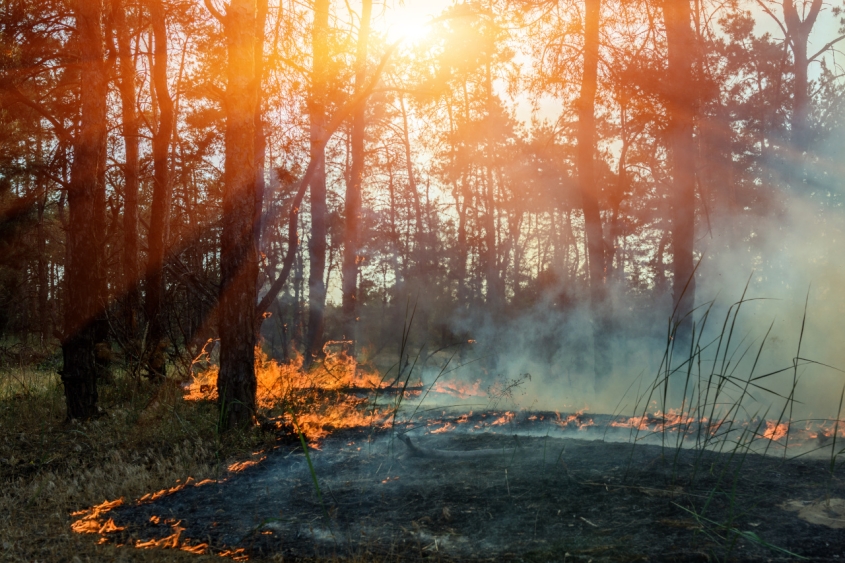Discovery Digest Winter 24-25
From the bench to the clinic to the field, our faculty are making discoveries that help make a healthier world for animals and people. Check out some of their recently published research below.
“Identifying patterns in dental visit attendance among underserved pregnant women: A retrospective cohort study,” published in AJPM Focus on Feb 7, 2025. Nisreen Al Jallad, Samantha Manning, Xinyue Mao, Parshad Mehta, TongTong Wu, Rita Cacciato, Jiebo Luo, Yihong Li and Jin Xiao examined factors that positively or negatively affected visit attendance in pregnant women seeking dental care, leading them to identify patterns and modifiable factors that can be applicable to a broader demographic.
“Perceptions of and Responses to Wildfire Smoke Among New York State Residents: A Cross-Sectional Study,” published in the International Journal of Environmental Research and Public Health on Feb 14, 2025. Erandy I. Barrera, Alistair Hayden, Genevive Meredith and Corinna A. Noel highlight the breadth of impacts of wildfires in NYS during summer 2023, and the adverse health symptoms reported by NYS residents despite taking preventative measures, indicating that current protective strategies may be insufficient and more effective interventions are needed.
“Fostering community discussion about climate with layers of life ice cream,” published in Appetite on March 1, 2025. Danielle L. Eiseman and Lynn M. Johnson report on their experiment where they offered a free ice cream sample to volunteers as a "hook" for encouraging them to speak with researchers about climate change, thus exploring if the strong emotional connection many people have with food could be leveraged as an engagement tool.
“An outbreak of canine coronavirus type 2 in captive snow leopards (Panthera uncia) demonstrates a possible role for felids as mixing vessels for alphacoronaviruses,” published in the International Society for Infectious Diseases One Health on March 4, 2025. Ximena A. Olarte-Castillo, Abigail B. Schlecht, Paul P. Calle, and Gary R. Whittaker describe the first genetic evidence of a canine coronavirus type 2 (CoV-2) infection in a felid – captive snow leopards – demonstrating that wild felids may be susceptible to both feline CoV-2 and canine CoV-2, and that felids may play a role in the emergence of recombinant alphacoronaviruses.
“The evolution and epidemiology of H3N2 canine influenza virus after 20 years in dogs,” published in Epidemiology and Infection on March 5, 2025. Brian R. Wasik, Lambodhar Damodaran, Maria A. Maltepes, Ian E.H. Voorhees, Christian M. Leutenegger, Sandra Newbury, Louise H. Moncla, Benjamin D. Dalziel, Laura B. Goodman, and Colin R. Parrish examine the genetic evolution of a virus that has caused on and off outbreaks in dogs over the world in the last 20 years. A longer story explaining the main findings may follow.
Special mention to: “What’s in the box? A toolbox for safe deployment of artificial intelligence in veterinary medicine,” by Parminder S. Basran and Ryan B. Appleby, where the authors described a comprehensive framework for applying artificial intelligence in veterinary medicine. The paper, published on Apr 10, 2024, was highlighted as among the top 5 most cited papers in JAVMA in 2024.










